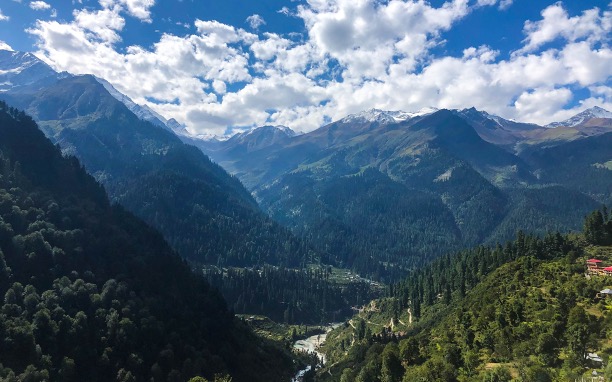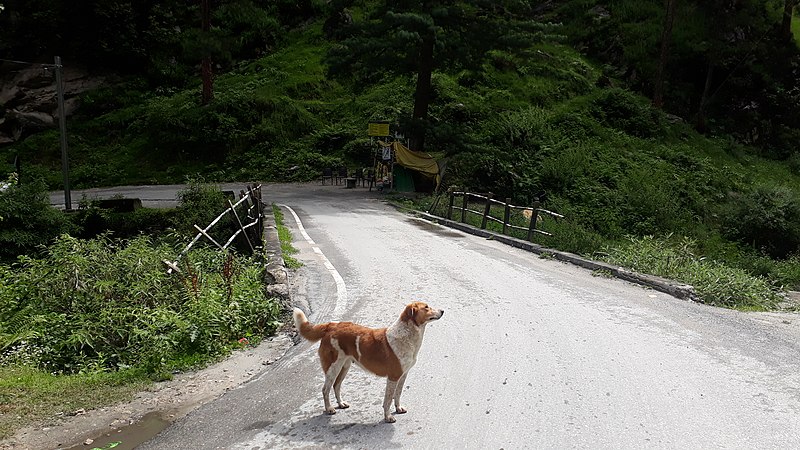Remote Mountain Villages
The Himalayan foothills are breathtaking and picturesque; each area offers its own unique micro-culture. Kullu district has many beautiful valleys, including Kullu Valley itself, Tirthan Valley, and Parvati Valley. However, many of these mountain villages have no proper road access and are located at high altitude.
This means that these villages are usually very isolated with limited facilities, and veterinary care is almost non-existent.

Animals of Mountain Villages
When the animals living in these mountain villages fall sick or get injured, the local residents have trouble finding the medical treatment needed. Pets are sometimes taken to a vet one or two hours away, but the street animals are often not so fortunate.
It can be difficult for untrained people to handle street dogs or catch them safely and humanely. Therefore, they often go untreated, unvaccinated, and unsterilised. This leads to an increasing population Stray Dog Population that is sick and at risk of rabies.

A Changing Generation
For generations, animals in mountain villages have been seen primarily as commodities; cows provide milk, goats provide meat and hair, and sheep provide meat and wool. As for dogs, their role was to protect the home and livestock. And when people had no further use for them, they were set loose on the streets.
But now, the younger generations are beginning to understand that animals are more than this. They deserve care and compassion. So with the correct knowledge and opportunities, residents can ensure that street animals become members of the community, with multiple residents helping to care for them.

